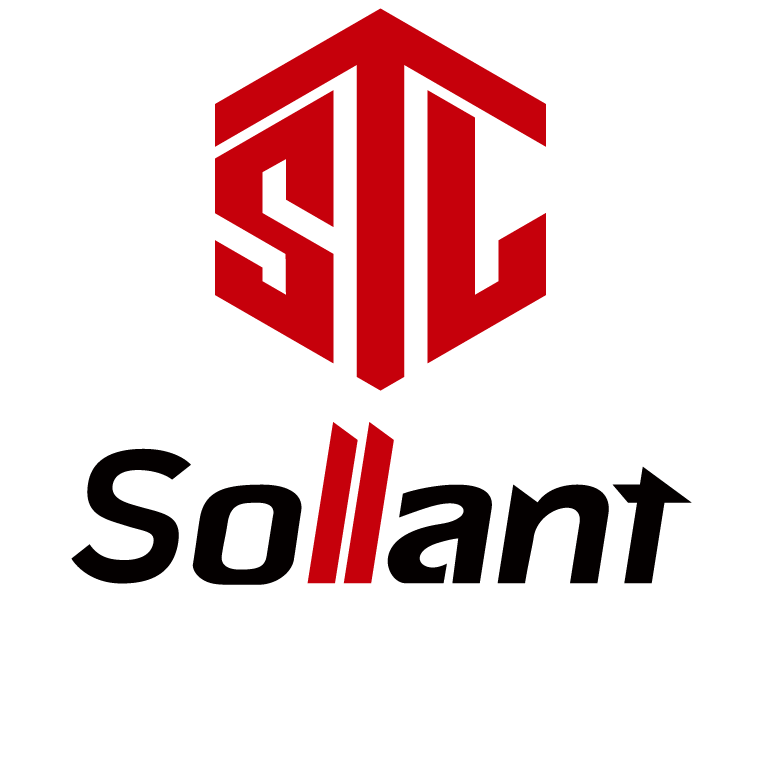Screw air compressors and other types of compressors, such as reciprocating and centrifugal compressors, differ in their operation, design, and application. Here are the key differences:
1. Operating Mechanism:
- Screw Air Compressor: Uses two interlocking helical screws (rotors) to compress the air. The air is trapped between the screws and then compressed as it moves along the rotors. This process is continuous and provides a smooth, consistent airflow.
- Reciprocating Air Compressor: Uses a piston that moves up and down inside a cylinder to compress air. As the piston moves, it draws air into the cylinder and compresses it as the piston moves upward.
- Centrifugal Air Compressor: Uses a high-speed rotating impeller to add velocity to the air, which is then converted into pressure by a diffuser. It’s often used for high-flow applications where large volumes of compressed air are required.
2. Efficiency:
- Screw Air Compressor: More energy-efficient at higher capacity, as the design provides continuous airflow with less pulsation and heat buildup, reducing energy consumption. They are typically preferred for industrial applications that require a steady supply of compressed air.
- Reciprocating Air Compressor: Less energy-efficient at larger capacities due to the energy lost in the form of heat during the piston’s movement. However, they can be very efficient in smaller, intermittent applications.
- Centrifugal Air Compressor: Highly efficient for large volumes of compressed air at consistent pressure, especially in applications requiring high flow rates, but less effective at lower capacities.
3. Size and Noise:
- Screw Air Compressor: Compact and generally quieter than reciprocating compressors, making them ideal for use in environments where space and noise levels are a concern.
- Reciprocating Air Compressor: Can be larger and louder due to the piston’s movement and the mechanical parts that generate vibration. It’s more common in smaller, localized applications.
- Centrifugal Air Compressor: Often larger and quieter in high-flow applications but not commonly used for small-scale needs.
4. Maintenance:
- Screw Air Compressor: Generally has lower maintenance requirements since it has fewer moving parts and operates smoothly. It requires regular oil changes (if oil-lubricated), but overall maintenance is simpler.
- Reciprocating Air Compressor: Requires more maintenance due to the moving parts like pistons, valves, and rings. They are prone to wear and tear, especially in high-pressure applications.
- Centrifugal Air Compressor: Requires specialized maintenance due to its complex design, including the impeller, bearings, and high-speed components.
5. Applications:
- Screw Air Compressor: Ideal for continuous, high-demand, industrial applications, such as manufacturing, automotive, construction, and HVAC systems. Often used where 24/7 operation is required.
- Reciprocating Air Compressor: Suitable for smaller, intermittent applications like workshops, garages, or situations where compressed air is needed sporadically.
- Centrifugal Air Compressor: Best for large industrial plants, chemical processing, or power plants that require large volumes of compressed air with consistent flow.
6. Cost:
- Screw Air Compressor: Typically more expensive to purchase but offers better long-term cost savings due to lower maintenance and operational costs.
- Reciprocating Air Compressor: Generally cheaper upfront but may incur higher maintenance costs over time.
- Centrifugal Air Compressor: High initial cost, but efficient at large capacities; suitable for enterprises requiring large volumes of compressed air.
Summary:
- Screw compressors are best for continuous, steady, and energy-efficient performance in industrial applications.
- Reciprocating compressors are more suited for small-scale or intermittent uses.
- Centrifugal compressors are ideal for large industrial systems with high flow and pressure requirements.
Choosing between these types depends on the specific needs of the application, such as air flow, pressure, energy efficiency, and maintenance requirements.


